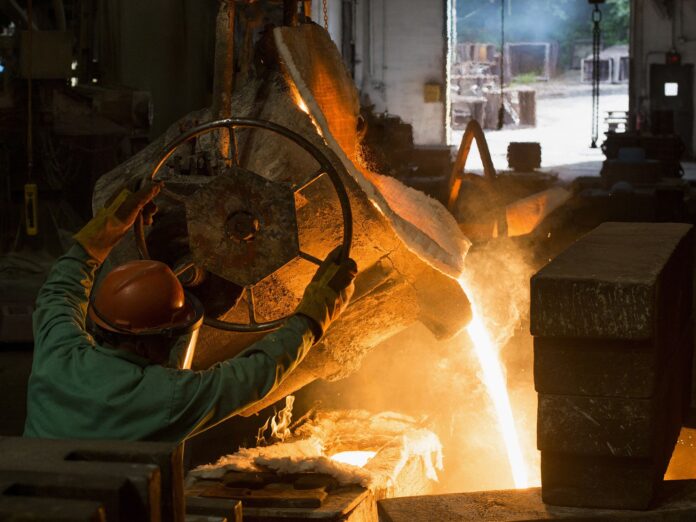WASHINGTON – United States employers ramped up hiring in January and wage gains rebounded, providing fresh evidence of a durable jobs market that backs the Federal Reserve’s decision to stop cutting interest rates and hands President Donald Trump an early election-year boost.
Payrolls increased by 225,000 after an upwardly revised 147,000 gain in December, according to a Labor Department data Friday that topped all estimates of economists. The jobless rate edged up to 3.6%, still near a half-century low, while average hourly earnings climbed 3.1% from a year earlier.
Yields on the 10-year Treasury dipped after the report was released and the dollar maintained gains.
Annual revisions to historical data took some shine off one of President Donald Trump’s main bragging points, cutting the 2018 job gain to 2.31 million from 2.68 million. The 2017 and 2019 gains were about 2.1 million, meaning each year under Trump – while still strong – has been slightly slower than the 2.35 million rise in the final year of the Obama administration.
The solid hiring defies expectations for step down to a slower pace of job growth as businesses delay investment, and exceeded the 175,000 average monthly gain for 2019. The pace supports Federal Reserve policy makers’ view of the labor market as strong, and is more than sufficient to keep up with population growth.
Average hourly earnings rose 0.2% from the prior month, slightly less than estimated but an acceleration from the December reading.
Payroll gains were broad-based and topped the median estimate for 165,000. Education and health services employment added 72,000, while transportation and warehousing rose by the most in a year.
Warm weather
The unexpected job strength also reflects robust gains in weather-sensitive sectors including construction, which climbed by 44,000 for the strongest growth in a year in an unseasonably warm month.
Weekly hours worked held at 34.3 hours for a third month, lower than a year ago. Economists look to hours worked for early signs of labor market softening as companies often cut hours before laying off workers.
The participation rate, or share of working-age people in the labor force, climbed to 63.4%. Steady participation rate gains reinforce Fed Chair Jerome Powell’s desire to sustain the expansion “so that the strong job market reaches more of those left behind.”
While a widely-watched manufacturing gauge signaled expansion for the first time in six months in January, the drop in payrolls for manufacturers was steeper than estimated. Employment in the sector slumped by 12,000 for a third drop in four months, driven by a decrease in payrolls for motor vehicles and parts workers.
Private employment, or hiring at companies, climbed by 206,000, topping estimates. Government payrolls climbed by 19,000 for the best gain since August.
The U-6, or the underemployment rate, climbed to 6.9% from 6.7%. This measure includes part-time workers who’d prefer a full-time position and those who aren’t actively looking, therefore offering a more comprehensive view of the health of the labor market. These figures were among series that were revised back to 1994.
Reade Pickert is a reporter for Bloomberg News.













